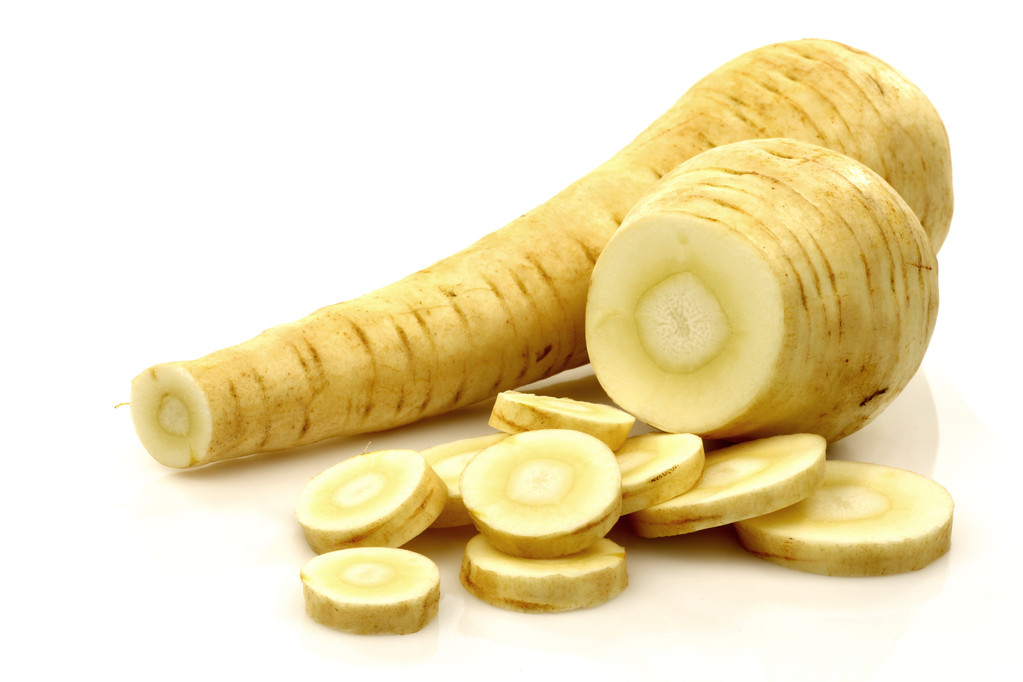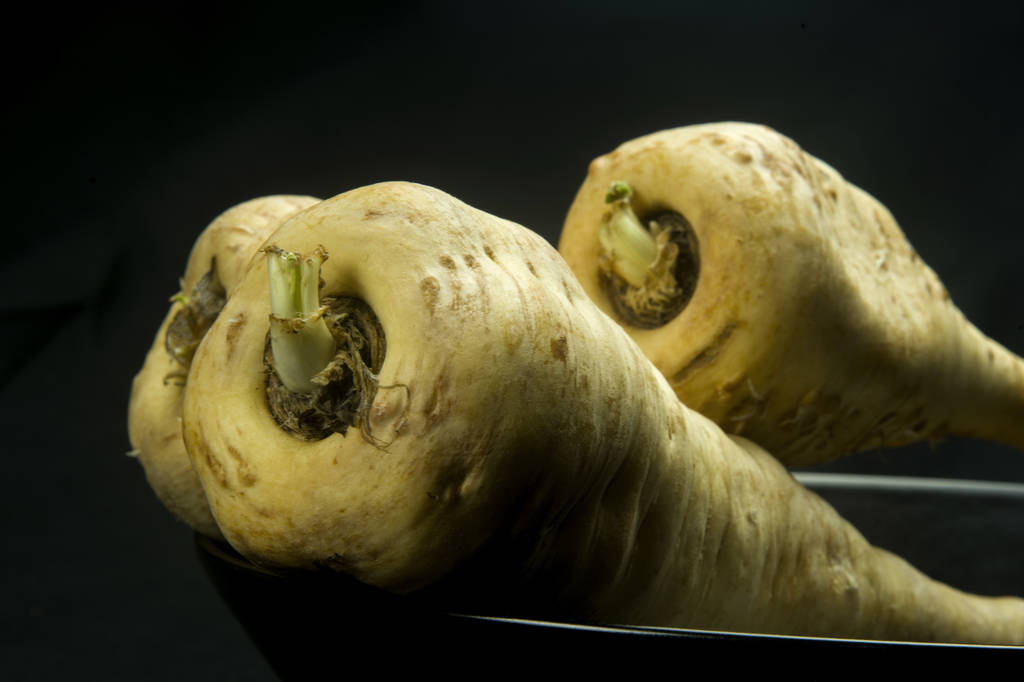Inulin is a dietary fiber that your body practically does not use. Nevertheless, he does a lot for your health. You can read here how it works and what you should pay attention to.
Inulin: This is how dietary fiber works
Inulin is an energy reserve for plants, but a roughage for the human organism. it belongs to the prebiotics. Certain plants such as Jerusalem artichokes or parsnips store inulin in their tubers and roots. It consists of complex fructose compounds and is a carbohydrate in which plants store energy.
For example, if you eat Jerusalem artichoke, the inulin travels through the stomach and small intestine practically undigested. The human metabolism does not have a digestive enzyme to process the vegetable energy in inulin. Intestinal bacteria can only utilize the fructose in the inulin in the large intestine.
Inulin:
promotes healthy intestinal flora. Spectrum of Science reports that healthy gut bacteria preferentially process fructose molecules as an energy source. The good bifidus bacteria spread and thereby displace pathogenic germs in the intestine.
activates digestion and relieves constipation. The inulin binds liquids and swells up. This promotes bowel movements and thus ensures regular excretion.
The Apotheken Umschau lists other effects of inulin that are particularly beneficial for diabetics:
Few calories: The body cannot use the plant-based energy in inulin, so there are hardly any calories.
Satiety: The swollen inulin causes you to feel full for longer.
Blood sugar levels: Blood sugar remains more constant because the metabolism absorbs other nutrients more slowly.
Studies suggest that the fiber inulin makes it easier for the body to absorb calcium for the bones. Researchers are investigating whether inulin could play a role in treating osteoporosis.
Inulin in the food industry
Inulin has hardly any calories, tastes sweet and is also healthy, which makes the substance interesting for the food industry. Root chicory is usually used as the source for the industrially processed inulin.
Functional foods are specifically designed to provide specific health benefits.
Prebiotic foods: They are intended to promote healthy intestinal flora. Among other things, they should prevent colon cancer or improve high blood pressure and cholesterol levels. Unlike probiotic foods, prebiotic foods contain nutrients for gut bacteria but no probiotic bacteria.
Food for diabetics: The Apotheker Zeitung explains that the fructose in inulin tastes sweet and does not burden the blood sugar level.
You can also find inulin as an additive in conventional industrial foods. Food is upgraded with the help of inulin.
Low-calorie foods: such as yoghurt, sausage, fruit juices or desserts.
High in fiber: like muesli or whole grain products.
Low-fat foods: such as spreads, cream fillings in baked goods or in salad dressings. The inulin provides the creamy texture that the fats are otherwise responsible for.

Inulin: healthy, but there are side effects
With inulin-containing vegetables on your menu, you use the healthy properties of dietary fiber. These vegetables contain a lot of inulin:
parsnips
Jerusalem Artichoke
Leek
asparagus
salsify
artichokes
onions and garlic
The local vegetables are usually easy to care for and you can grow them in the garden. You can also find them locally in organic markets or directly from organic farmers.
But the inulin can cause unpleasant side effects after meals.
Spectrum of Science explains that the gut bacteria rapidly ferment the inulin. As a result, a sensitive or irritated intestine can react with flatulence or even diarrhea.
As a rule, inulin in food should not cause any problems. On average, we only eat three to eleven grams per day. However, experts only expect problems for healthy people from a daily ration of more than 30 grams.
Beware of fructose intolerance! The fructose compounds in inulin can cause you symptoms. This applies to vegetables containing inulin, but also to foods with added inulin. Therefore, pay attention to the information on the ingredients.

